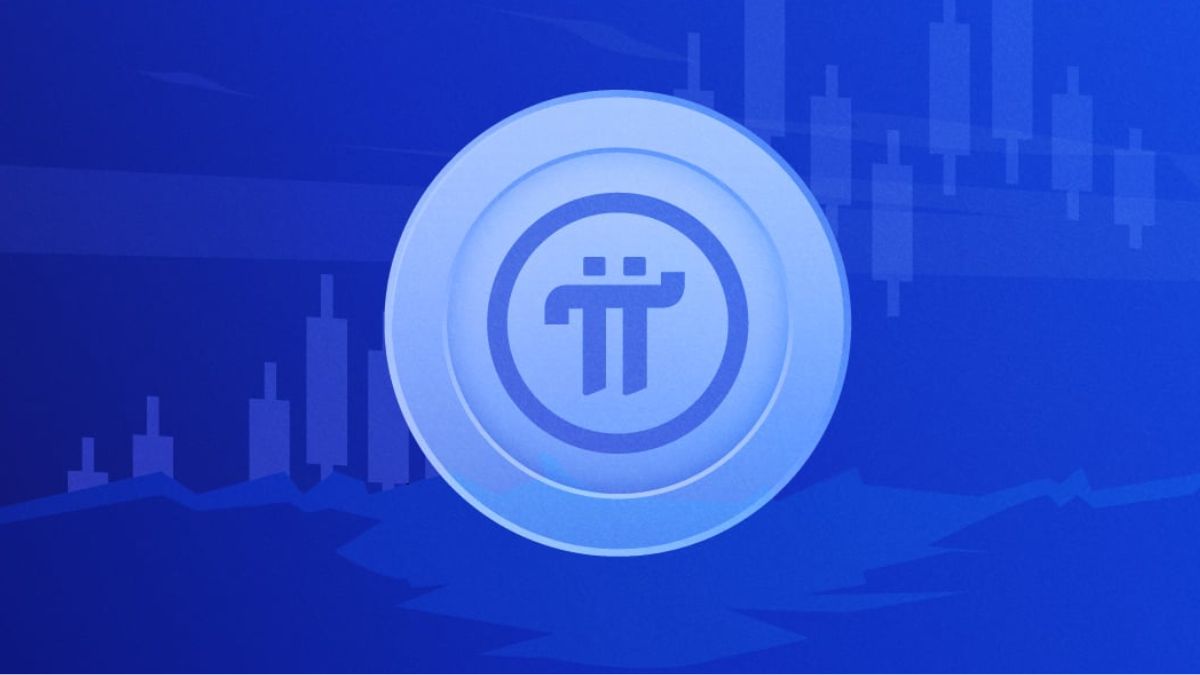
Advertisement
Pi Network’s price has been on a sharp rise this week, jumping nearly 87% from its monthly low to reach $0.2918. The surge came as investors bought the dip and reacted to online buzz suggesting that the project may have achieved ISO certification, a move that, if true, could boost its mainstream credibility.
Several factors fueled this sudden rally. First, the entire crypto market was gaining momentum ahead of the U.S. Federal Reserve’s latest interest rate decision and the much-anticipated meeting between Donald Trump and China’s President Xi Jinping at the APEC Summit. Many traders were expecting the Fed to announce a rate cut, and they were right. Economic data showing slower job growth and steady inflation made that outcome likely, encouraging speculative buying across cryptocurrencies.
Second, rumors spread quickly that Pi Network had joined the ISO 20022 standard group, the same global messaging standard used by Ripple (XRP) and Stellar (XLM) to connect with banks and payment systems. Tweets claiming that Pi had aligned with ISO 20022 sparked excitement among holders, as such recognition would improve its integration with the financial system and possibly encourage more exchanges to list it. However, these claims remain unverified; even Invezz reported that its request for confirmation from the Pi Network team went unanswered.
Third, technical traders pointed out that Pi had formed a bullish “falling wedge” pattern on the charts. This setup often signals the end of a downtrend and the start of a potential rally. The breakout from that pattern coincided with the price surge.
At the same time, not everyone is convinced that the rally is organic. Some analysts have warned about possible market manipulation after noticing large token transfers on exchanges like OKX and Gate.io without corresponding retail buying activity. This raised suspicion that a few big players might be pushing up the price artificially.
Beyond the speculation, there’s also been some positive development inside the Pi ecosystem. The number of users completing KYC verification, a key step in the project’s transition to an open network, has increased after the team improved its verification tools.
Still, Pi remains a highly risky investment. The project hasn’t yet delivered on its big vision of becoming a global payment network. It also faces serious issues, limited real-world use, constant token unlocks that add selling pressure, and a lack of transparency from the Pi Network Foundation, which reportedly controls over 90 billion tokens. Moreover, the token still isn’t listed on major exchanges like Binance or Coinbase.
Yet, those same weaknesses could turn into opportunities if the team takes the right steps. A major exchange listing, a structured roadmap, or a token burn event could all trigger another big move higher. For now, Pi Network sits at a crossroads, its recent rally shows renewed investor interest, but its long-term success depends on whether it can evolve from hype to real adoption and decentralization.
